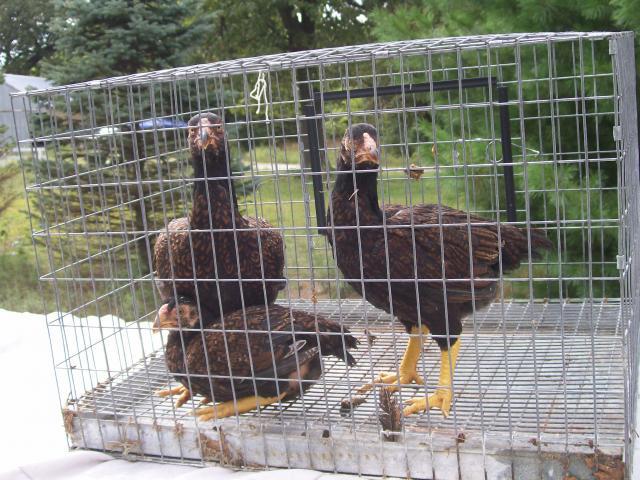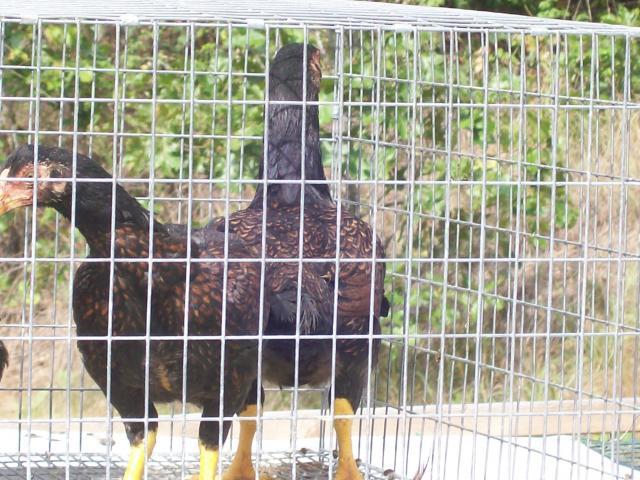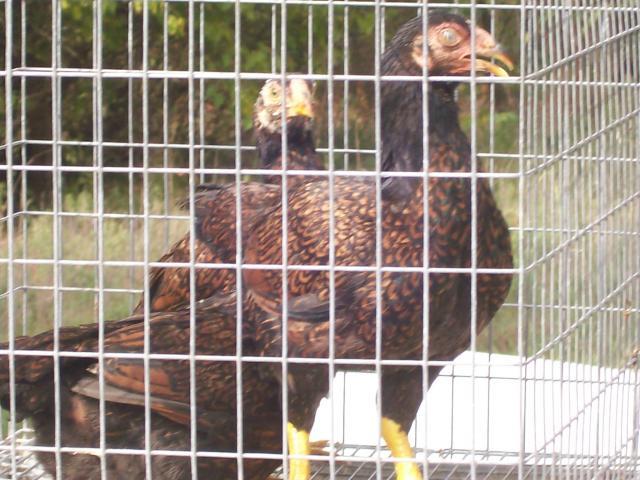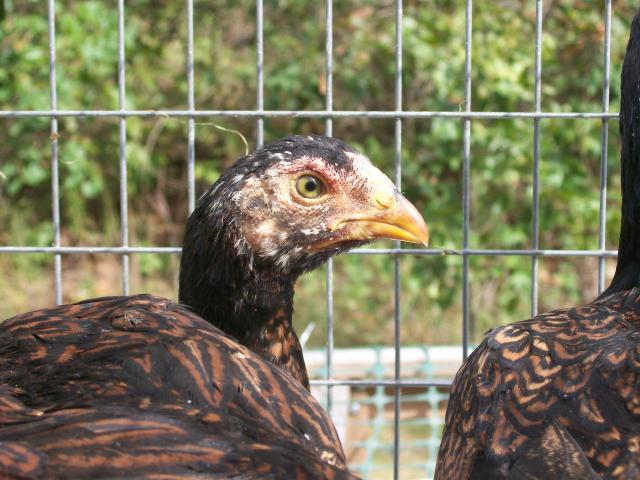Quote:
looks great...
i have allways wondered y there is not a black cornish... i really like the looks of them... if you ever find your projects going in a different direction let me know ill gladly keep the blacks going for you

Thanks, I'll keep that in mind.
There are so many side projects a person could take off with that come up in projects like this. A dream situation would be to hook up with a multi millionaire with an interest in such things, have the buildings, and staff to handle all this, and be the resident mad scientist.
im still hoping to win the powerball lol... but yep i love projects never know how they will tern out and its a chalenge like know other...
looks great...
i have allways wondered y there is not a black cornish... i really like the looks of them... if you ever find your projects going in a different direction let me know ill gladly keep the blacks going for you

Thanks, I'll keep that in mind.
There are so many side projects a person could take off with that come up in projects like this. A dream situation would be to hook up with a multi millionaire with an interest in such things, have the buildings, and staff to handle all this, and be the resident mad scientist.
im still hoping to win the powerball lol... but yep i love projects never know how they will tern out and its a chalenge like know other...

 I've been gone since Monday, and will return Thur night-- I know how much he's changed in the last 2 weeks.. so I can't wait to see what he's done this week.
I've been gone since Monday, and will return Thur night-- I know how much he's changed in the last 2 weeks.. so I can't wait to see what he's done this week. 








